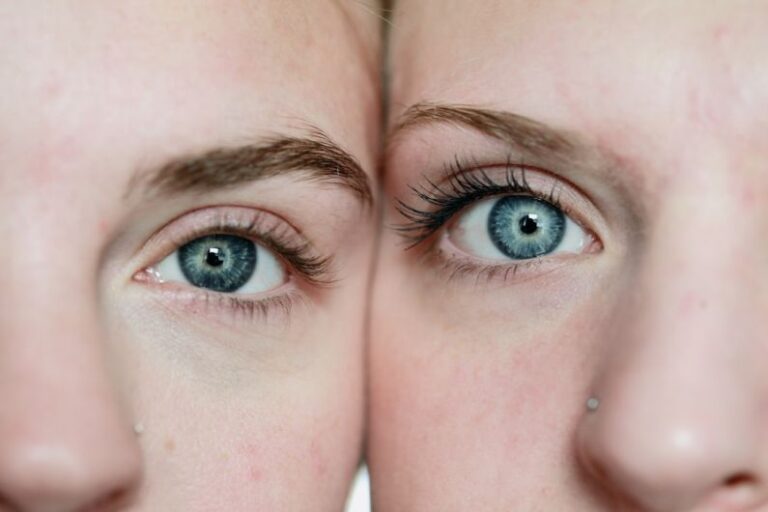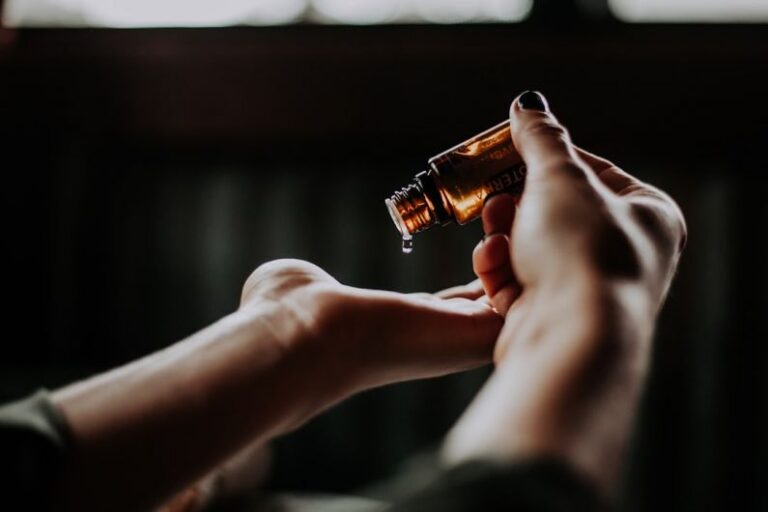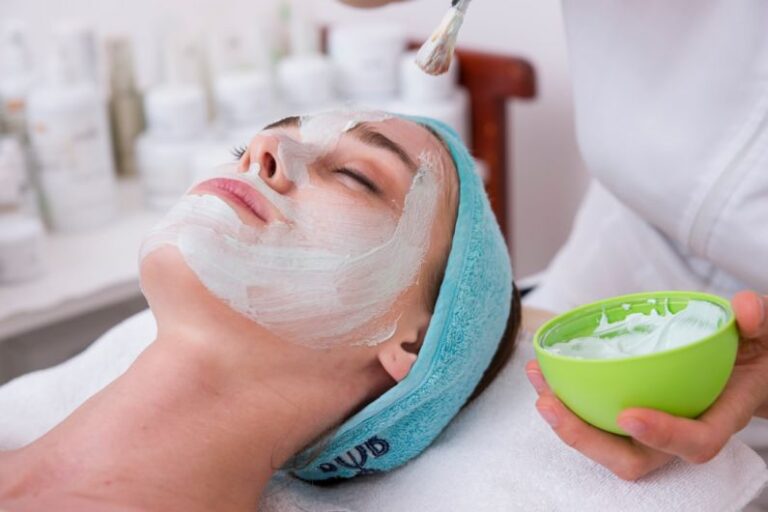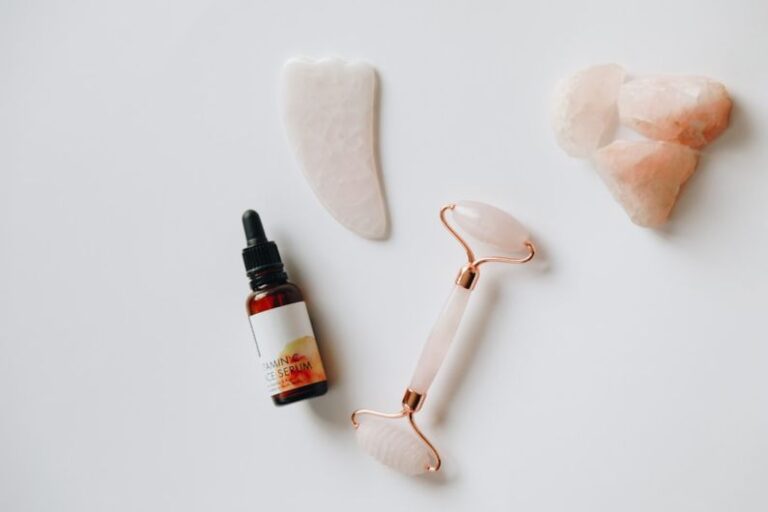Protecting Your Skin from the Sun: Myths and Facts
**Protecting Your Skin from the Sun: Myths and Facts**
The sun is a powerful force that provides light, warmth, and essential Vitamin D to our bodies. However, prolonged exposure to the sun’s harmful UV rays can lead to various skin problems, including sunburn, premature aging, and an increased risk of skin cancer. With so much information out there about sun protection, it can be challenging to separate myths from facts. In this article, we will explore common misconceptions about protecting your skin from the sun and provide you with the essential facts to keep your skin healthy and safe.
**Myth: You Don’t Need Sunscreen on Cloudy Days**
One of the most prevalent myths about sun protection is that you don’t need to wear sunscreen on cloudy days. Many people believe that since the sun is not shining brightly, they are not at risk of UV exposure. However, this is far from the truth. UV rays can penetrate through clouds and cause damage to your skin, even on overcast days. It is essential to apply sunscreen daily, regardless of the weather conditions, to protect your skin from harmful UV rays.
**Fact: SPF 30 is Sufficient for Sun Protection**
Another common misconception is that a higher SPF (Sun Protection Factor) sunscreen provides significantly better protection than lower SPF options. The truth is that an SPF of 30 is sufficient for most people to protect their skin from UVB rays, which are the primary cause of sunburn. SPF 30 blocks about 97% of UVB rays, while higher SPFs offer only a slight increase in protection. The key to effective sun protection is to apply sunscreen generously and reapply it every two hours, especially after swimming or sweating.
**Myth: Darker Skin Tones Don’t Need Sunscreen**
Some individuals with darker skin tones believe that they are less susceptible to sun damage and do not need to wear sunscreen. While it is true that darker skin contains more melanin, which provides some natural protection against UV rays, it does not make them immune to sun damage. Everyone, regardless of their skin tone, should wear sunscreen daily to prevent sunburn, premature aging, and skin cancer. Look for a broad-spectrum sunscreen that protects against both UVA and UVB rays for comprehensive sun protection.
**Fact: Clothing Provides Sun Protection**
Clothing is an often-overlooked but effective form of sun protection. Wearing long sleeves, pants, and a wide-brimmed hat can help shield your skin from harmful UV rays. Look for clothing with a tight weave or UPF (Ultraviolet Protection Factor) fabric for added protection. Remember that UV rays can penetrate light fabrics, so opt for darker colors or specially designed sun-protective clothing for maximum sun protection. Don’t forget to protect your eyes with sunglasses that offer UV protection to prevent damage to the delicate skin around your eyes.
**Myth: You Can’t Get Sunburned Through Glass**
Many people believe that they are safe from sunburn when indoors or inside a car because glass windows block UV rays. While glass can block UVB rays, UVA rays can still penetrate through windows and cause skin damage. Prolonged exposure to UVA rays through glass can lead to premature aging and an increased risk of skin cancer. Consider applying sunscreen daily, even when indoors, to protect your skin from the harmful effects of UVA rays.
**Fact: Seek Shade During Peak Sun Hours**
One of the most effective ways to protect your skin from the sun is to seek shade during peak sun hours, typically between 10 a.m. and 4 p.m. When outdoors, look for shaded areas or create your shade using an umbrella or sun shelter. Limiting your sun exposure during these hours can significantly reduce your risk of sunburn and skin damage. Remember that UV rays can still reach you on cloudy days or in shady areas, so it is crucial to practice sun-safe habits year-round.
**In Summary**
Protecting your skin from the sun is essential for maintaining healthy and youthful-looking skin. By dispelling common myths and understanding the facts about sun protection, you can make informed decisions to keep your skin safe from harmful UV rays. Remember to wear sunscreen daily, seek shade during peak sun hours, and utilize protective clothing and accessories to shield your skin from the sun’s damaging effects. Prioritize your skin health by incorporating these sun protection practices into your daily routine to enjoy the outdoors safely and responsibly.






